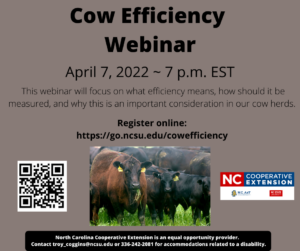
Cow Efficiency Webinar
Join us on April 07, 2022 at 7:00 p.m. EST for a webinar on cow efficiency. This webinar will …



El inglés es el idioma de control de esta página. En la medida en que haya algún conflicto entre la traducción al inglés y la traducción, el inglés prevalece.
Al hacer clic en el enlace de traducción se activa un servicio de traducción gratuito para convertir la página al español. Al igual que con cualquier traducción por Internet, la conversión no es sensible al contexto y puede que no traduzca el texto en su significado original. NC State Extension no garantiza la exactitud del texto traducido. Por favor, tenga en cuenta que algunas aplicaciones y/o servicios pueden no funcionar como se espera cuando se traducen.
Inglês é o idioma de controle desta página. Na medida que haja algum conflito entre o texto original em Inglês e a tradução, o Inglês prevalece.
Ao clicar no link de tradução, um serviço gratuito de tradução será ativado para converter a página para o Português. Como em qualquer tradução pela internet, a conversão não é sensivel ao contexto e pode não ocorrer a tradução para o significado orginal. O serviço de Extensão da Carolina do Norte (NC State Extension) não garante a exatidão do texto traduzido. Por favor, observe que algumas funções ou serviços podem não funcionar como esperado após a tradução.
English is the controlling language of this page. To the extent there is any conflict between the English text and the translation, English controls.
Clicking on the translation link activates a free translation service to convert the page to Spanish. As with any Internet translation, the conversion is not context-sensitive and may not translate the text to its original meaning. NC State Extension does not guarantee the accuracy of the translated text. Please note that some applications and/or services may not function as expected when translated.
Collapse ▲
Join us on April 07, 2022 at 7:00 p.m. EST for a webinar on cow efficiency. This webinar will …
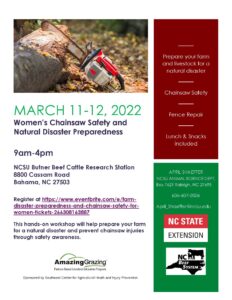
This hands-on workshop will equip women with the knowledges and skills of chainsaw safety and farm natural disaster preparedness. Chainsaw …
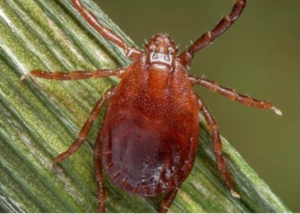
Ag Web Farm Journal Rhonda Brooks February 10, 2022 What kind of pest can move into a country and sweep across …
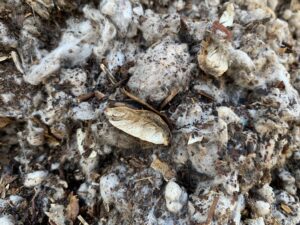
This past year, a survey of all North Carolina Cotton Gins was conducted. The purpose of this survey was …
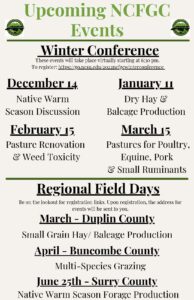
The NC Forage and Grassland Council will be hosting their annual winter conference series in a double format, beginning …

Don’t miss the opportunity to attend the upcoming corn silage meetings for beef and dairy cattle producers that will …
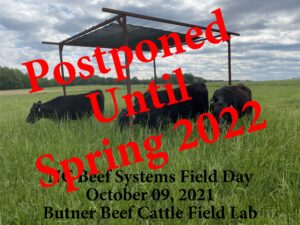
NC Beef System Field Day Postponed. Due to ongoing challenges with COVID-19 and other logistical issues, the NC Beef System …
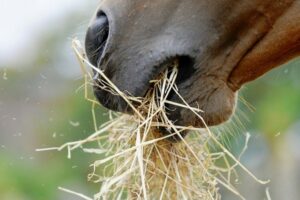
Good management of horse pastures can easily provide almost all dietary requirements for the average pleasure horse. Good management …
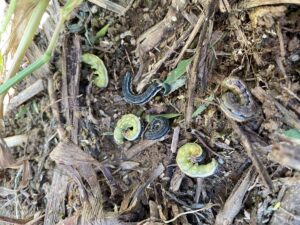
Fall armyworms are a reoccurring problem in the Southeast and the pests feast on hayfields, pastures, and even well …
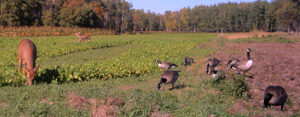
With the coming of fall, many will head outdoors to enjoy hunting, others just love being in touch with …
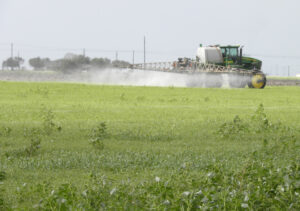
With warmer weather, weed pressure on our pastures and hayfields is starting to increase. Due to last year’s record …
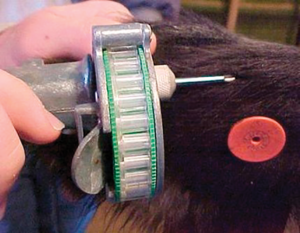
Growth stimulating implants for beef cattle are not new. The oldest commercial one has been around for over 40 …

Join us for a free seminar on Tuesday, April 6, 2021, at 7 p.m. to talk about mud problems/solutions, …
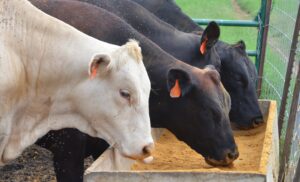
Springtime is a nutritionally critical time for the beef herd. Most are giving birth, and their nutritional needs increase …
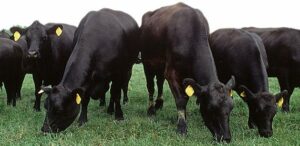
External parasites of beef cattle are many. One often neglected, is lice. Both chewing and bloodsucking lice are more …
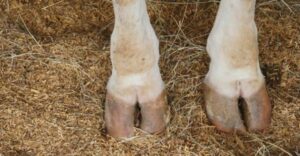
In recent weeks, several producers have called with questions about treating foot rot in beef cattle. Those calls, in …
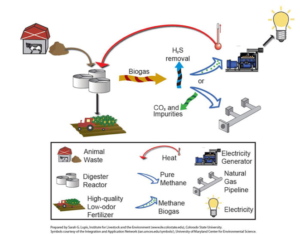
N.C. Cooperative Extension, Dairy ASA – Ashley Robbins will be hosting a webinar on February 4, 2021, from noon–1:30 …

Anaerobic swine lagoon sludge sampling allows operators to determine the nutrient concentration in the sludge …

This publication discusses flying unmanned aerial vehicles (drones, model aircraft) for commercial purposes. You'll learn …
This guide outlines steps that a facility producing livestock food could follow when developing its …
A guide to counting fecal eggs in meat goats, modified from the McMaster Procedure.
Air quality in hog production can be improved by dietary manipulation (e.g., reducing crude protein), …
This fact sheet discusses different types of amendments that can be used to manage ammonia …
The NC State Feed Milling and Animal Food Safety programs have developed a decision tree …

Participation in conservation practices and restrictions comes in various forms, from revocable-at-will, revocable with penalty, …